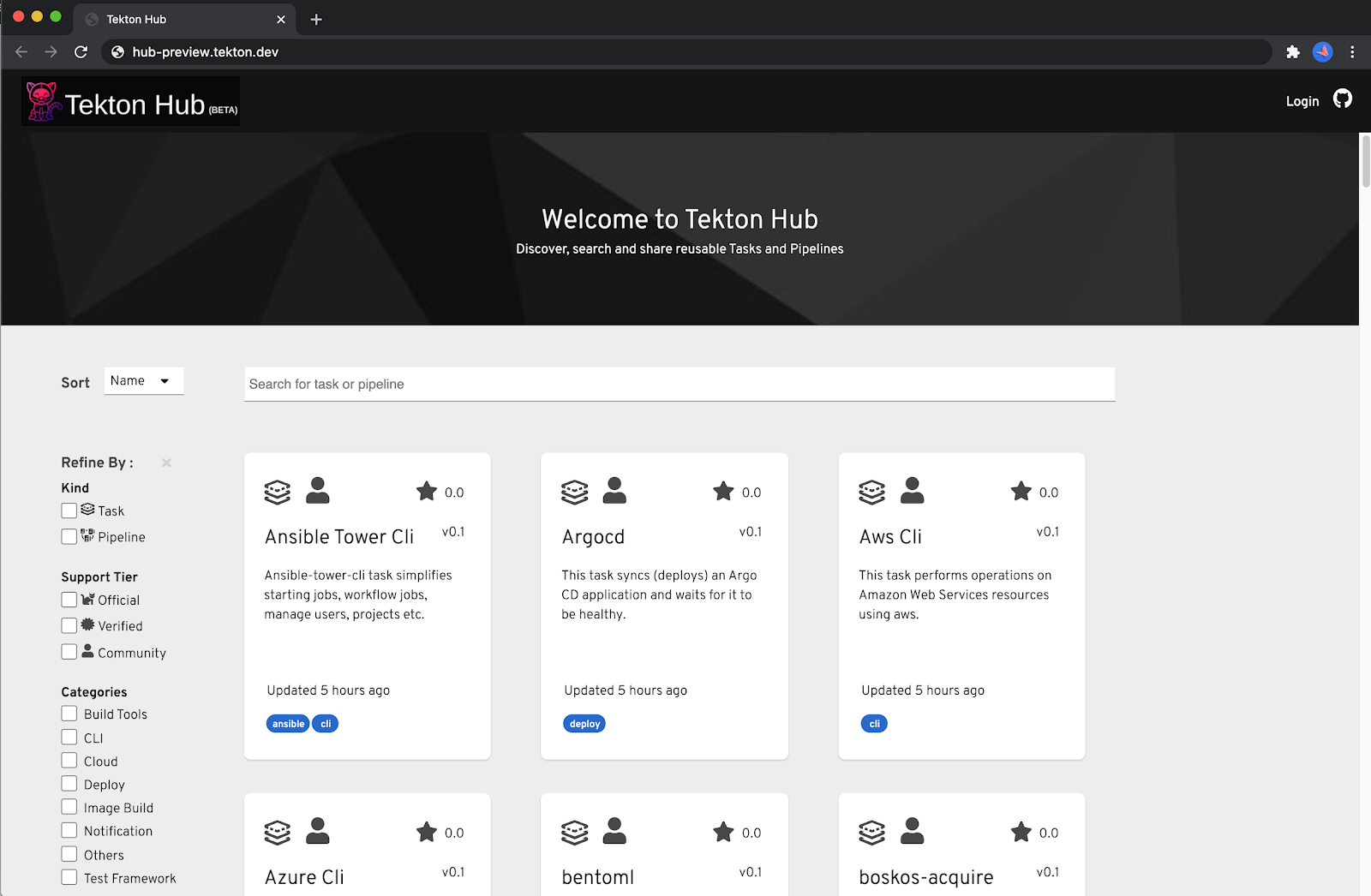



Linux Foundation Training and Continuous Delivery Foundation launched a free training course on the edX platform, LFS167x – Introduction to Jenkins, on June 4. In that time, the course has already enrolled 5,000 students, making it one of the fastest-growing courses we have ever released. This is great news for helping to grow the Jenkins and overall DevOps communities.
The course covers the fundamentals of continuous integration/continuous delivery (CI/CD), and how they help transform the overall software delivery process. It is most useful for roles such as DevOps engineers, software developers and architects, and professionals focused on site reliability and quality assurance, though anyone involved in the software delivery process will benefit. It includes a detailed introduction to the Jenkins automation server, and also provides instructions on how to set up/use Jenkins for CI/CD workflows.
Upon completion, enrollees will have a solid understanding of the role that Jenkins plays in the software development lifecycle, how to install a Jenkins server, how to build software with it, how to manage third party integrations/plugins and how to scale and secure Jenkins. They will also get a glimpse of what they can do to further enhance their CI/CD skills.
Join the more than 5,000 individuals who have started improving their software delivery processes – enroll for free today!